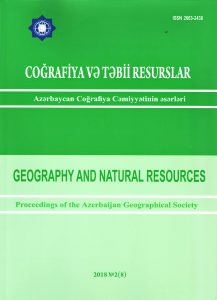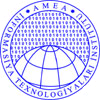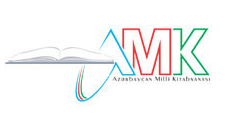EXTINCTION OF THE BOOK “SHAKLUL GITA” IN ARABIAN LANGUAGE AND THE BOOK “DE TRIANQULUS” OF REGIOMONTANUSthe begining of article: “Beginning of activity of Regiomontanus”) Regiomontanus’s heirs couldn’t preserve his manuscripts after the scientist’s death. At last they were acquired by the leader of the Lutheran Church Melanxton in Nurnberg. He asked Schoeners to edit Regiomontanus’s “De trianqulus”. Let’s look through following fact in order to know Melanxton: Georg Lausen came from Nuremberg to Frombork to Copernicus in 1539, took manuscripts of the scientist’s “Rotation of celestial spheres” and returned to Nuremberg after three years in order to publish the work. He was dismissed from his position in the Wittenberg University in accordance with the order of Melanxton. He began to work in the Leipzig University. Rhetic or Rheticus, with real name George Joachim von Lauchen, is the only pupil of Nicolaus Copernicus. He was dismissed from the post of teacher at Wittenberg University in the summer of the same year on the order of Melanchthon. Rheticwas taken on the department of mathematics at Leipzig University in 1542-1545. 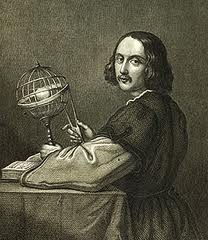 Rhetic (1514-1574)
Andrea Ossiander was entrusted with publication of the book. Ossiander added a fake introduction to Copernicus’s book and there was a serious contrast between the book and that introduction. As Ossiander hadn’t mentioned the introduction’s author, it was known as Copernicus’s work for a long time. Why Copernicus denounced his own work? The introduction ended with: “Astronomical hypothesizes can’t be exact. Astronomy doesn’t require it. Only idiots can consider these hypothesizes exact. Good luck, readers!” It means that, the author considered his own thoughts nonsense. He couldn’t evaluate his 36-years labor like this. At last in XIX century Pole astronomers proved that, mentioned introduction wasn’t written by Copernicus, it was written by Ossiander in accordance with Melanxton’s order.3 As Melanxton was a churchman, he approached important astronomical discoveries from the religious point of view. That’s why Georg Lausen was dismissed from his position in the Wittenberg University in accordance with the order of Melanxton after he took Copernicus’s book to Nuremberg and published it there. As several works of Copernicus, who had a significant role in development of astronomy, were considered illegal, most scientists of that time, especially Christian scientists tried to publish his works with fake introductions.
 Меlahxton (1497-1560)
The case of Ossiander, acting on the order of Melanchthon, who enclosed his preface to the work of Nicolaus Copernicus “About circulation of celestial bodies”, is analogical. It was declared that the preface was written by the author. But, even if Polish scientists wouldn't elicit this fact at the end of the 19thcentury, it was impossible to believe that Copernicus was author of this preface. N. Copernicus wrote about the Earth’s shape in “Commentaries about Aristotle’s “About the sky” written in 1459: “The Earth is spherical. The spherical form is convenient for movement and especially for circular movement”.4 The most interesting fact: Copernicus didn’t refer on Tusi – author of the following statement: “When the sphere with half diameter swings on an internal surface of the big sphere, initial contact point noted on the small sphere will make a rectilinear oscillating motion along diameter of the big sphere. Thus, the rectilinear movement can be presented as combination of two rotary motions of spheres”. This mathematical opening had great conceptual value as it showed that there is no basic development between rectilinear movement and spherical rotation. Nasireddin Tusi proved this theorem and wrote about it in the book “Memories about astronomy”. Copernicus declared it his opening and stated it in the composition “About addresses of celetial spheres”, which was an important basis for its heliocentric movement. A number of modern historians of science believe that Copernicus was familiar with Nasireddin Tusi's composition. This assumption is supported by the fact that drawings of Copernicus almost completely coincide with drawings of Tusi. 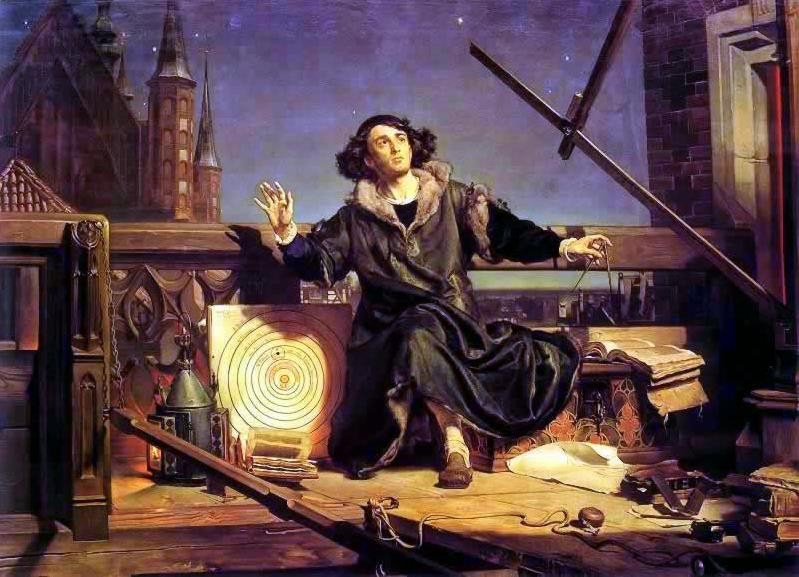 Nikolaus Copernicus (1473-1543)
The Danish astronomer Tycho Brahe (1546-1601) used device invented by Tusi in Maragha Observatory in the 13thcentury in his work called “mural quadrant”. Devices and scientific ideas of the scientist served development of astronomy and mathematics in whole Euroasian space. The difference between the original of Regiomontanus’s “De trianqulus” and its copy published by Melanxton hasn’t been discovered. According to all these facts, it hasn’t been proved that, Regiomontanus was the author of mentioned work. Nairaddin Tusi’s “Shaklul qita” and table of trigonometric functions made in Maragha observatory prove that, achievements of Regiomontanus and other European mathematicians were less than achievements of eastern scientists in XV century. Now we can write decisively that, Regiomontanus had learned Arabic when he was in Italy and translated Al-Battani’s “Mohametis Albeteni de Scienta Stellarum” (scientific work of Muhammad Al-Battani about stars) into Latin. Besides it, he used N. Tusi’s “Shaklul qita” when he wrote his “De trianqulus”. The French historian of mathematics Montuklo also wrote that, European scientists couldn’t write any rich scientific work in XV century. It proves that, Tusi could pass ahead of western scientists in this field for hundreds of years and some of his works were stolen from libraries of Byzantine and Apennine Peninsula. Saleh Zeki wrote that, Regiomontanus had used scientific works of well-known eastern scientists. 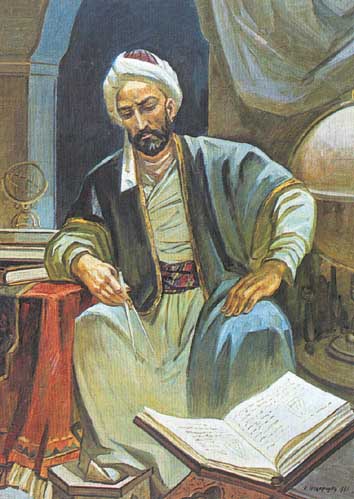 Muhammad Nasiraddin Tusi (1201-1274)
As it was mentioned above, the ancient Persian version of “Shaklul qita” was found in Istanbul in 1891. It is known that, one of manuscripts of that work is kept in the Berlin State Library and two of them are kept in Oxford and Paris. I want to mention that, scientists of the Near East wrote scientific works in Arabic in early middle ages, but ethical works were written in Persian. N. Tusi’s “Shaklul qita” was written in Persian and Arabic. But its Arabic version hasn’t been found yet. May be it is kept in one of libraries of Germany or Austria. There is no doubt that, “Zij-i Ilkhani” was translated by western scientists from Arabic into Latin as a very important astronomical source and was analyzed by specialists of astronomy and mathematics. So, mentioned work of Nasiraddin Tusi might be kept in the library of the well-known astronomer Paolo Toscanelli located in Florence and part of it might be translated into Latin during a very short time. Regiomontanus had an opportunity to get acquainted with Toscanelli and Tusi’s works when he was in Italy. Best regards, the member of Azerbaijan Geographic Society, President grant holder on literature, laureate of the “Golden pen” award, writer/ investigator Ramiz Daniz email: [email protected], [email protected] 3 H. C. Məmmədbəyli. Mühəmməd Nəsirəddin Tusi. Bakı, “Gənclik”, 1980. səh. 92-93
4 Н. Веселовский, Ю. А. Белый. Николай Коперник. М.: 1974. «Наука», стр. 65  22824 22824 |
|








 AZ
AZ EN
EN RU
RU


